WAN IFRA – Product Thinking in Digital News

WAN-IFRA hosted Digital Media India 2024, and I was asked to give a talk on Product Thinking in Digital News. This is a fairly vast topic and I have a lot to share on this topic but had to condense it into a 20-minute talk. 🤔 Therefore, in the talk, I chose to focus on product strategy (shaping the product) over all other aspects related to product management because that’s one area where news companies need to excel.
What is Product Management (in Theory)
How does it feel when Product Management works
- Users can articulate for themselves that they are better off with your product and they don’t want to return to old ways.
- In measurable terms, the product has improved in relevance, information, capability, things done, belief, or pleasure while reducing price, time and effort required to use it.
- Finally, it would be great if users find it brag-worthy to boast about using it.
We struggle to employ Product Management
We run digital businesses with best practices that are ideal for offline businesses.
We divide the business into smaller, manageable, autonomous divisions, similar to how Unilever functions as a house of brands. On top of that:
- Each business leader operates the business through best practices or business rules (IF THEN).
- Each business leader brings in their own preferences of how to do things.
- Finally, the greater the number of divisions, the higher the cost of collaboration across divisions.
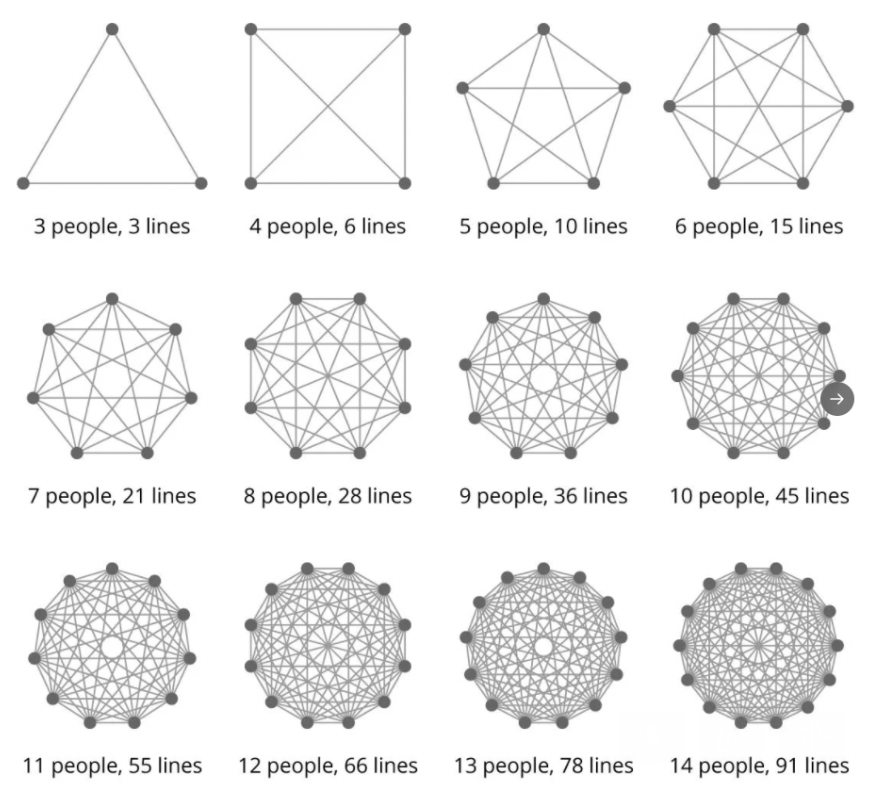
Most product teams do project management (services mindset).
Product Managers do not shape the product; instead, they focus on serving management by shipping features as quickly as possible. Over time, the codebase becomes unshapely and messy. This, in turn, makes the codebase fragile and slows down execution.
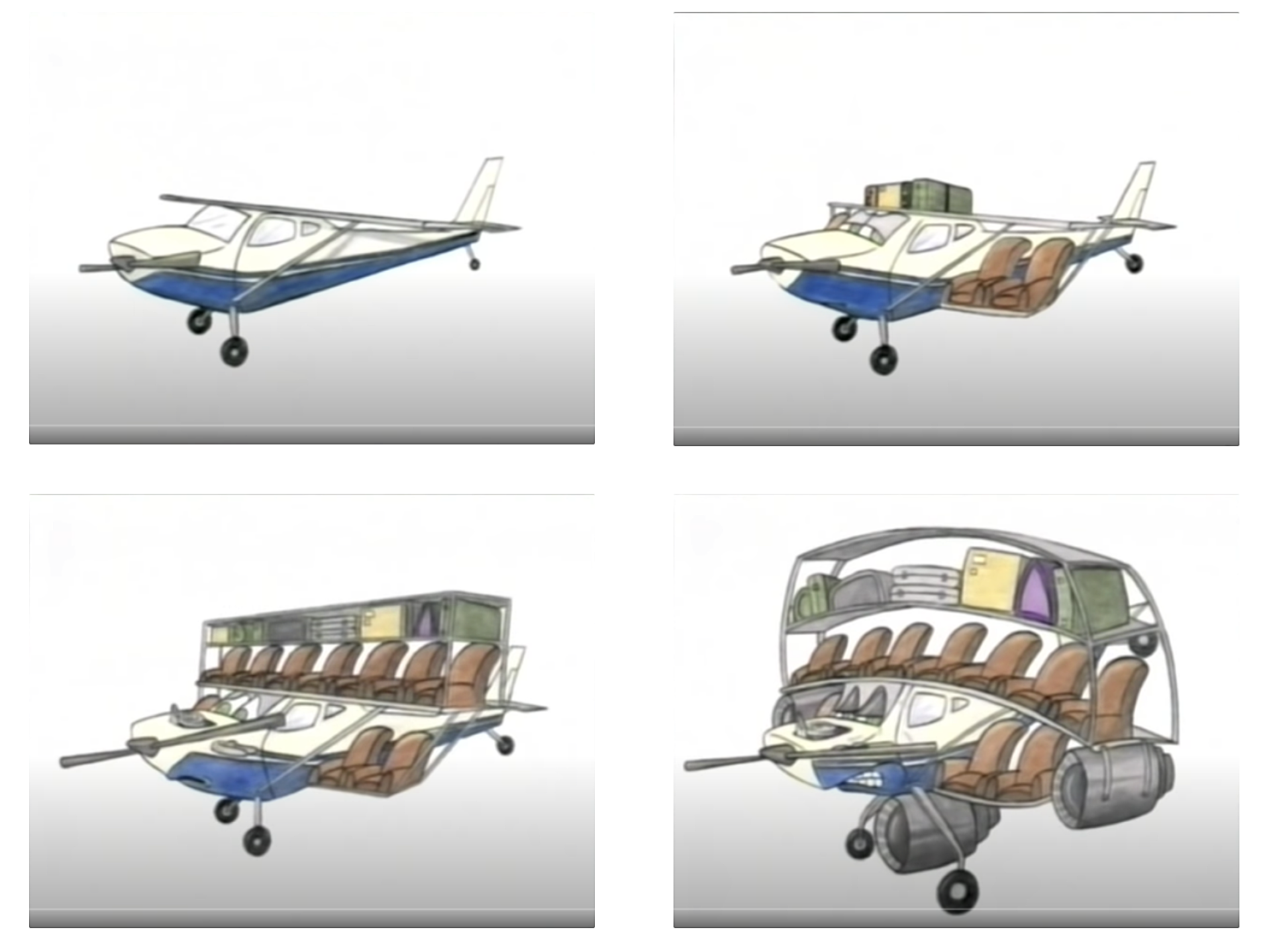
Outcome
Unlike offline businesses, highly scalable digital businesses —such as Twitter, YouTube, and Facebook— employ self-learning AI models because AI Surpasses Humans on Micro Decision Making At Scale.
- These models revenue maximize the portfolio of offerings.
- Eventually efficiencies kick in as all offerings cost optimize at portfolio level.
However, it becomes impossible to adopt such AI if the organizational structure is divisional and the code base is fragile.
Hey, hold your horses 🏇
Pessimist View
We (news) are a commoditized business. We now need to convince users to pay for a service that was previously available free of cost. In the last 20 years, we have not had any sustaining innovation. Finally, we lack the R&D capabilities to make significant changes.
Hence, it is not possible.

Think again
We (news, Email and Calendar) are a commoditized business. We now need to convince users to pay for a service that was previously available free of cost. In the last 20 years, we have not had any sustaining innovation. Finally, we lack the R&D capabilities to make significant changes.
Yet, someone broke through Gmail’s incumbency with product thinking and without R&D chops.

Hey.com is successfully completing against Gmail
It does so by employing product management to redefine Email and Calendar:
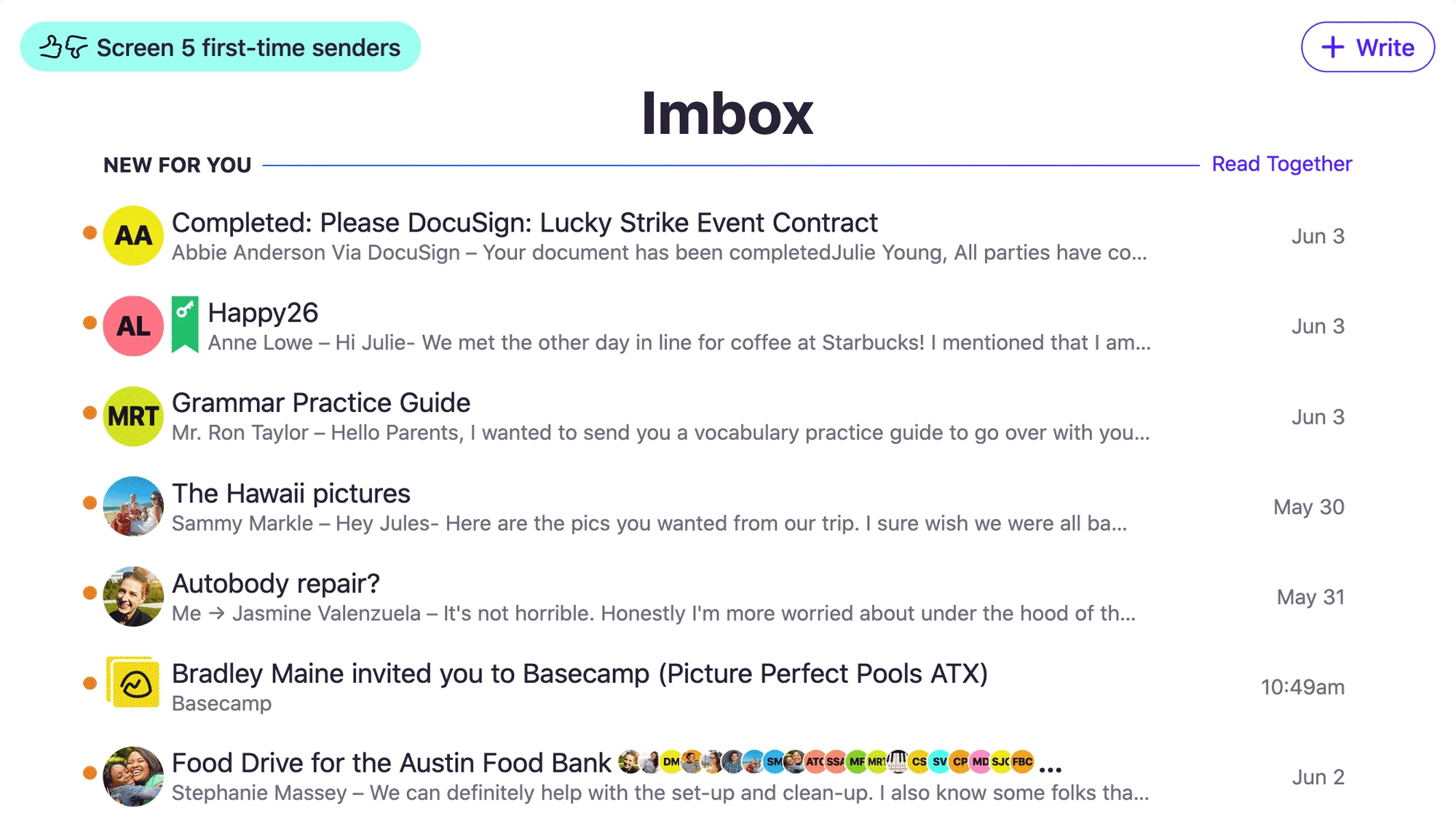
Hey.com Email supports additional categories
- Digital Detox
- Funnel Tracking
- Note Taking on Newsletters
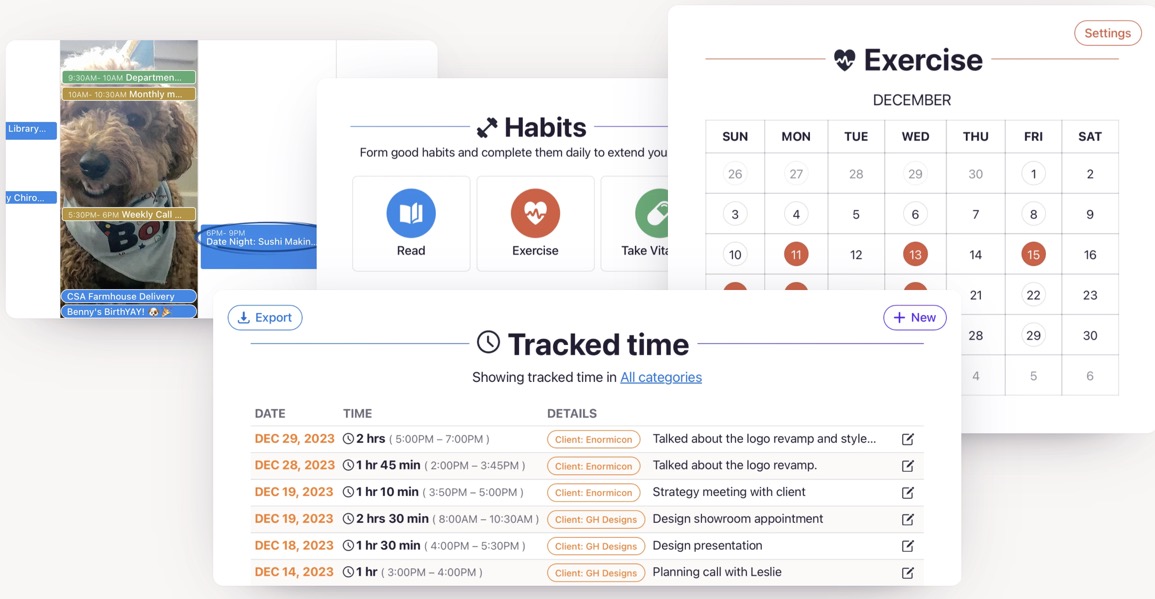
Hey.com Calendar supports additional categories
- Todo Management on Calendar
- Time Tracking
- Habit Tracking
- Journaling
Users are happily paying for Hey.com even though Gmail is free.
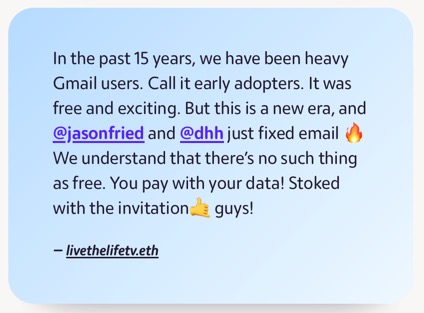
Let’s apply Product Thinking in Digital News
Ideally, I should be covering all three aspects — shaping, shipping, and tracking. However, considering the length of the talk, I’ll focus on the most important part: shaping.
Why it matters: Despite massive technological changes, news and advertising remain fundamental human needs and won’t go away. So the question is, will we be the ones serving these needs? That’s why shaping becomes critical.
7 Jobs in journey towards Subscription
Provide more value
- Break news first
- Increase supply of content
- Show only relevant content
- Sell audiences for advertising granularly
Efficiently
- Reduce TIME to consume News
- Reduce EFFORT to consume News
And then capture some value
- Increase price of product (charge subscription)
Warning: Below are just ideas to demonstrate strategy shaping. Exact answers will vary for your organization.
1. Provide more value to users
1.1 Break news FIRST
What we do:
Since 2004, most news first breaks on the Internet and then trickles down to news websites. For example, approximately 69% of U.S. 🇺🇸 Twitter users get their news from Twitter.
What we should or could do:
Double down on investment in news gathering, including reporting, networks, UGC (user-generated content), etc.
1.2 Increase supply of VALUABLE CONTENT
What we do:
We operate in news category and publish content that was written or approved by our editorial teams.
What we should or could do:
News is a subset of Content. It is important that we shift categories to tap into new avenues of growth. To do this, we’ll have to invest in UGC and technology that speeds up verification of content.
Why shift categories?
- Growth won’t come from news as a category. Assuming that NYT is pinnacle of success in news. NYT’s revenue is ~$2 billion. Adjusted for 🇮🇳 PPP, India revenue is $556 million =~ ₹5000 crore.
- In comparison, content platforms like Twitter & YouTube have revenue of $3.3 billion and $31 billion.
Why invest in verification?
- Verification is the one thing that separates us from BigTech.
- All brands want to advertise on premium platforms. Verification will make our platform premium.
1.3 But serve only Relevant Content
What we do:
We continue to manually set homepages and serve the same homepage to everyone.
What we should or could do:
The internet has moved to algorithmic distribution, at scale, that maximizes revenue across a portfolio of offerings. The ROI of this is visible in the average time spent on site.
- Twitter Avg. Time on Site 🇮🇳: 20 min
- Instagram Avg. Time on Site 🇮🇳: 29 min
- YouTube Avg. Time on Site 🇮🇳: 19 min
- News Avg. Time on Site: Couple of minutes
Fun Fact: Amazon changes prices 2.5 million times a day!
1.4 Sell GRANULAR slices of audience to advertisers
What we do:
Most direct sales is a blocker display ad.
What we should or could do:
Inability to monetize advertisements as effectively as Google and Facebook is forcing the many businesses to consider Subscriptions as a business model.
However, advertisements is the bigger and market:
- Largest Internet company that only charges subscription is Netflix with an ARR of $33 billion.
- Google’s ad revenue is $237 billion and most of Meta’s revenue is from ads at $134 billion.
Given that, we should speed up data collection and sell granular slices of audience.
2. Provide more value to users Efficiently
2.1 Reduce user’s TIME to consume news
What we do:
In the last 20 years, most editorial product innovation resulted in us producing:
- More stories
- More data stories
- More NYT-like immersive
- Longer pieces
These have made it SLOWER to consume news
What we should or could do:
All evidence points to the direction that short-form content is winning online:
- Axios, a news firm that focuses on Smart Brevity, was acquired for $525 million.
- YouTube earns $31 billion in revenue, yet it is pushing Shorts.
Here’s why: One can derive gratification from purchasing collectible teapots, shoes, and clothes. However, to gain gratification from any media—be it OTT, theme parks, news, or books—one needs to invest both money and time to consume it. To expedite gratification, content should be in short form.
2.2 Reduce user’s EFFORT to consume news
What we do:
News products don’t hide read stories, forcing users to expend cognitive effort to go through read headlines again.
What we do:
We write one article for everyone. However, in real life, would you narrate a story to a close friend, an office colleague, and a child in the same way?
What we should or could do:
Today, personalization is labeled ‘For You.’ In the future, personalization will be ‘Written For You.’ Here’s how:
- Just as a Google Sheet is a CSV with formatting, we should encourage editorial teams to write stories in a flat tone (focusing solely on information, without style or format).
- Let LLMs (Large Language Models) rewrite them for each user.

What we do:
We continue to have widget-based interfaces. If they are poorly designed, they add a ton of cognitive load on the user.
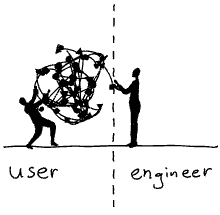
If they are well-designed, the cognitive load decreases but isn’t eliminated.
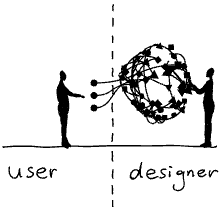
What we should or could do:
In comparison, most online content platforms have adopted a dead-simple UX—feed and search—where the heavy lifting is done by algorithms.

.
GIF Credits: Ralph Ammer
Thanks
- Use “Product Thinking” to differentiate.
- Run digital businesses with digital best practices. Use AI to optimize portfolio of offerings while cost optimizing.

